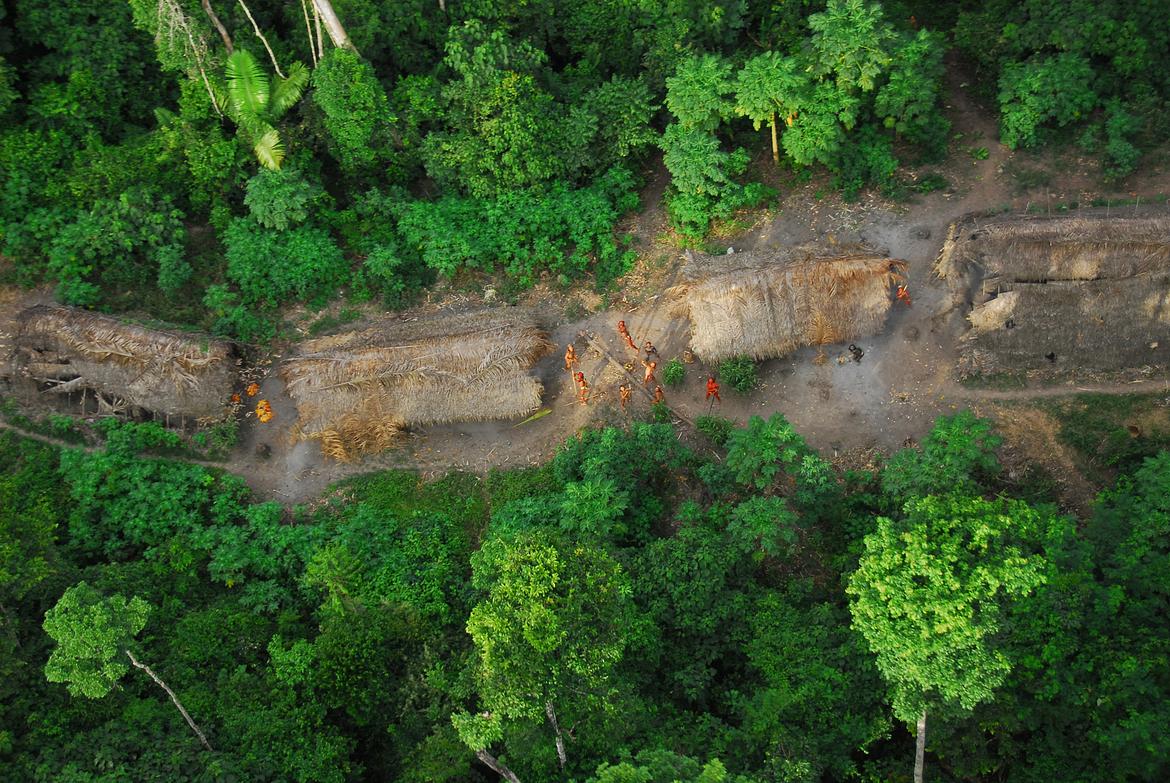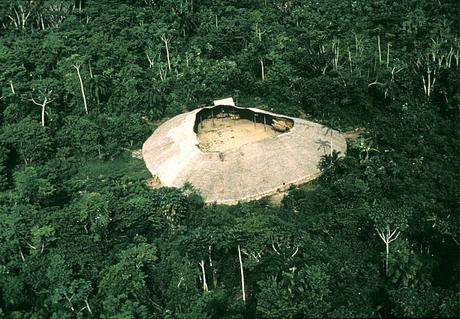Isolated tribe faces destruction
May 31, 2003
This page was last updated in 2003 and may contain language which is now outdated.
The recently-contacted Jarawa tribe of the Andaman Islands in the Indian Ocean was given new hope in 2002. In a courageous and unprecedented ruling, the supreme court of India ordered that the ’Andaman trunk road' cutting through their reserve be closed, and all settlers living on their land be removed. One year later, the administration of the islands (which belong to India) has made significant progress in removing encroaching colonists from Jarawa land. The road, however, remains open, leaving the Jarawa at risk of disease and exploitation.
The Jarawa are nomadic hunter-gatherers, who have resisted contact with settlers on the Andaman Islands for nearly 150 years. They are one of four surviving tribes living in the islands. Two of these, the ’Great Andamanese' and the Onge, were forcibly settled by the colonial British and Indian authorities, and were so weakened by contact with new diseases and the change in their way of life that they were nearly wiped out. The Onge fell from 670 people in 1900 to around 100 today, while the Great Andamanese, who numbered 5,000 in 1848, now number only 41. The Jarawa, who number 250-300, live in the rainforest. They hunt pigs and monitor lizards, and catch fish, turtles and dugong (a marine animal) with bows and arrows. They also collect berries, roots and honey from the forest. The Jarawa remained hostile to outsiders until very recently, when small groups of them started to appear by the road. It is thought that this change may be a result of pressure from poachers along the coast of the reserve. The other Andaman tribe, the Sentinelese, are protected by living on their own island, and maintain their isolation to an even greater degree than the Jarawa. Yet they too are put at risk by visits to their island by poachers and government employees.
Since 1948, thousands of Indians have settled in the islands and they, along with poachers coming by sea, have encroached on the Jarawa reserve, depriving the tribe of vital forest resources and bringing diseases to which it has no immunity. The dangers posed to the Jarawa by unwanted contact with outsiders increased when the ’Andaman trunk road' was built illegally though their land in the 1970s. The road brings the Jarawa into daily contact with travellers on buses and lorries, and has opened the way for new settlement inside the reserve. The danger of disease is very real: an unknown number of Jarawa died in the forest during a measles epidemic in 1999.
The work of Survival and local organisations has been very effective. Firstly, the high court issued a temporary order putting plans on hold to settle the Jarawa forcibly. Survival had warned that forcible settlement would wipe the Jarawa out, and testimonies gathered by Survival on the effects of similar policies on nomadic tribal peoples were quoted at length in the order. Survival had also argued for the closure of the road and the removal of settlers from the Jarawa's land, both of which were then ordered by India's supreme court.
The supreme court's deadline for the closure of the road was August 2002, but the road remains open. Comments made by the Lieutenant Governor of the islands suggest the administration is reluctant to implement the order. There has also been major construction work during 2003 on a part of the road due to be closed, and the local member of parliament has proposed that the road be widened rather than closed. If delays in implementing the order continue, the administration of the Andaman Islands could be charged with contempt of court. More importantly, it risks repeating the past mistakes of the British and Indian governments by destroying one of the last remaining tribes of the Andaman Islands.




